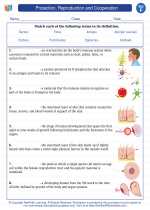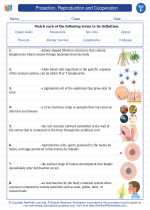Synthetic Fibers
Synthetic fibers are man-made fibers produced from chemical compounds. They are created through a process called polymerization, where small molecules called monomers are joined together to form long chains called polymers. These polymers are then spun into threads to create synthetic fibers. Synthetic fibers have become popular due to their durability, strength, and resistance to wrinkles and mildew. They are commonly used in clothing, upholstery, and industrial materials.
Types of Synthetic Fibers
- Polyester: Polyester is a strong, lightweight synthetic fiber known for its resistance to stretching and shrinking. It is commonly used in clothing, home furnishings, and industrial applications.
- Nylon: Nylon is a versatile synthetic fiber with high tensile strength and excellent elasticity. It is widely used in clothing, carpets, and industrial products.
- Acrylic: Acrylic fibers are soft, lightweight, and warm, making them suitable for sweaters, blankets, and outdoor wear.
- Rayon: Rayon is a semi-synthetic fiber made from natural cellulose. It is known for its soft texture and is often used in clothing and home textiles.
- Spandex: Also known as Lycra or elastane, spandex is a highly elastic synthetic fiber used in sportswear and form-fitting garments.
Advantages of Synthetic Fibers
- Strong and durable
- Resistant to wrinkles and shrinkage
- Quick-drying
- Easy to clean
- Available in a wide range of colors and textures
Disadvantages of Synthetic Fibers
- Less breathable than natural fibers
- May retain odors
- Not environmentally friendly
- Prone to pilling
Study Guide
Use the following questions to guide your study of synthetic fibers:
- What is the process by which synthetic fibers are created?
- Discuss the advantages and disadvantages of using synthetic fibers in clothing.
- Compare and contrast the properties of polyester and nylon fibers.
- Explain the environmental impact of synthetic fiber production and disposal.
- Research the applications of spandex in various industries and its unique properties.
Understanding synthetic fibers and their properties is important for anyone interested in textiles, fashion, or materials science. Take the time to explore the different types of synthetic fibers and their uses in everyday products.
.◂Science Worksheets and Study Guides Sixth Grade. Protection, Reproduction and Cooperation

 Worksheet/Answer key
Worksheet/Answer key
 Worksheet/Answer key
Worksheet/Answer key
 Vocabulary/Answer key
Vocabulary/Answer key
 Vocabulary/Answer key
Vocabulary/Answer key
 Vocabulary/Answer key
Vocabulary/Answer key
